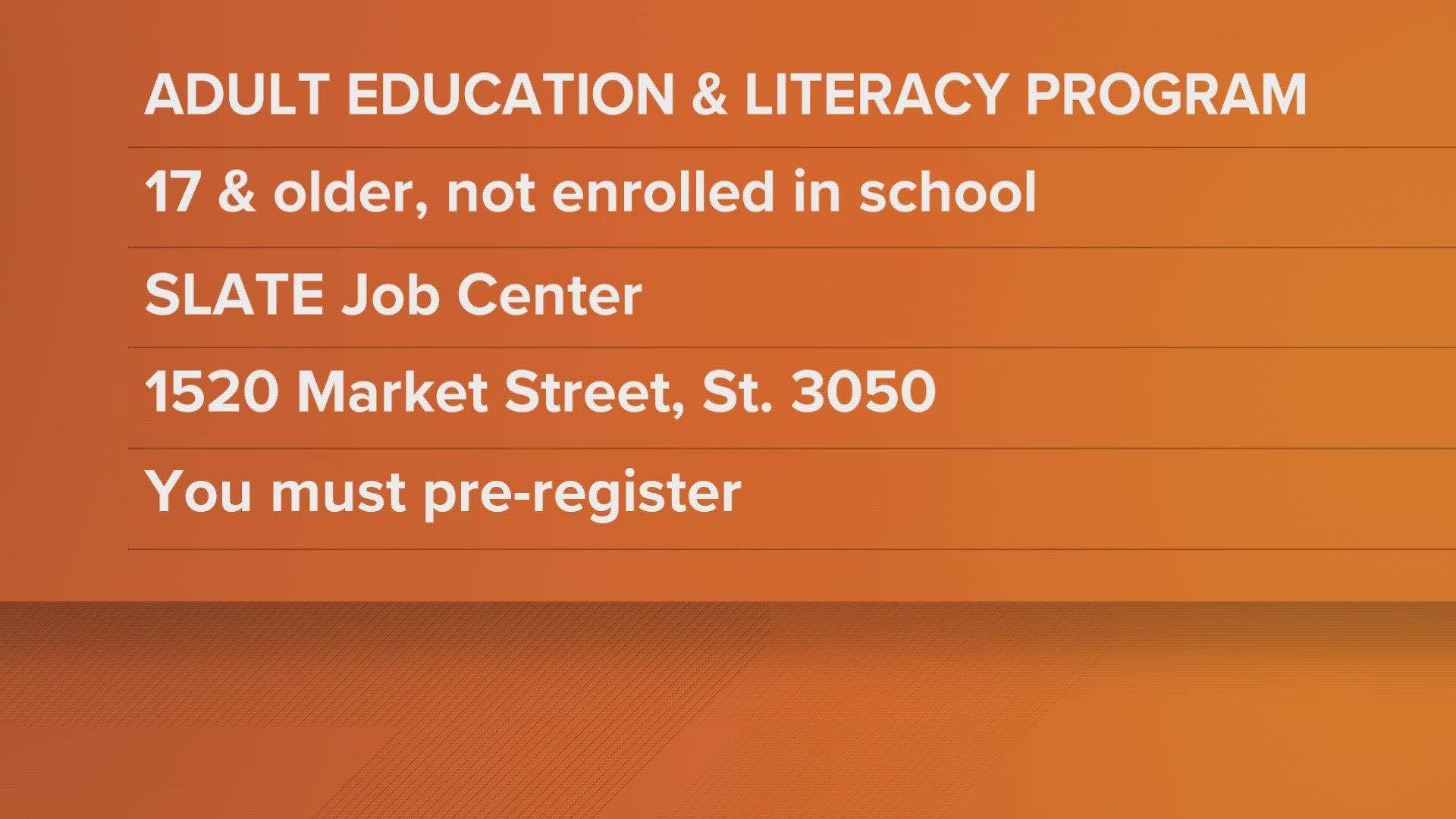Time's Running Out
If you received an extension of time to file your taxes this year, hopefully you made good use of it – because the due date is fast approaching. Monday, October 16, is the filing deadline.
Did you squander your extension time? If so, you're probably out of luck. The IRS generally only grants additional tax extensions to members of the military who are serving in combat zones and contingency operations, or certain taxpayers living outside the US. Special relief may be available for those affected by natural disasters, such as this year's devastating hurricanes. The IRS maintains a page for details on qualifying events.
Assuming you must file by October 16th, how do you proceed? The obvious answer is – quickly.
The Things You Need
Start by remembering an important change for this filing season. Because of breaches of IRS files, you can no longer use an electronic filing PIN for identification purposes. Unless you used a self-selected PIN in a prior year – and you remember it – you will need your prior year's adjusted gross income (AGI) for ID confirmation.
If you have last year's return, your AGI is on line 37 of Form 1040, line 21 on Form 1040-A, or line 4 on Form 1040-EZ. Did you use an outside tax preparer or tax preparation software? You should be able to access last year's form either place. Otherwise, you can utilize the IRS Get Transcript Online service. You don't have time to have the IRS supply a copy by mail.
Necessary forms and instructions are available on the IRS website and through any commercial tax preparation software. Aren't sure which forms you need? Free help for qualifying taxpayers is available through the Volunteer Income Tax Assistance (VITA) program or the Tax Counseling for the Elderly (TCE) program. Locations for both programs are available on the IRS website.
If you don't qualify for these programs, the IRS has an online interactive tax assistant to help – or there's always the old-fashioned phone call or visit to your local IRS office.
When you're done with preparation, and ready to file, you can still do so electronically in either of two ways: the IRS Free File system or the regular IRS e-file method — up to the extension deadline. Beyond that point the IRS will begin preparation for the next tax season. Late filings beyond October 16th must be submitted using paper forms.
Finally, don't forget that the Affordable Care Act is still with us. You won't need to send in proof of insurance coverage forms (Form 1095) with your tax return, but you should keep them for reference in case of an audit.
Still confused? Perhaps it's best to seek a professional tax preparer to cut your losses. Keep in mind that, while you received an extension to file, you didn't receive an extension to pay. If you underestimated your tax bill – or simply didn't pay anything in April – you have tax penalties and interest charges to look forward to. Invest in a professional to help you out of this situation, and learn from them in order to avoid similar circumstances in the future.
What if you can't afford to pay now? Don't let that affect your filing. File now, pay what you can, and work out the details with the IRS. The agency offers an online payment agreement as a potential option.
Look For Tax Savings
One positive of filing on an extension is that you have more time to look for deductions or tax credits that you might have missed originally.
Tax credits are particularly powerful, since they subtract directly from your tax bill for a dollar-for-dollar savings. You don't have to itemize to take advantage of tax credits, and some tax credits are refundable – meaning that you can receive more back in the credit than you owe in taxes.
Examples include the Earned Income Tax Credit, the Child Tax Credit, the American Opportunity Credit for educational endeavors, and the Saver's Credit to encourage retirement savings. Many tax credits are designed to help low-income families who need tax assistance the most. Details are available on the IRS website.
You may also be assuming that you don't have enough deductions to itemize. Don't assume anything. Check our list of top tax deductions for this filing season, and consult the IRS instructions for Schedule A for other possibilities.
The Takeaway
There are plenty of good reasons to file a tax extension. Laziness and disorganization aren't the best of them, and hopefully, you have a system in place to keep your relevant receipts and tax documents in a single place as the year progresses.
If you didn't have such a system in place for 2016, make sure to do so this year, and bookmark useful IRS and other tax-preparation resources on your browser. You may still have to file an extension, but if you do, the process will be simpler and you are less likely to miss on your estimated tax payment.
From now on, leave the shoeboxes for your shoes.
File Simple Federal Returns for FREE.
This article was provided by our partners at moneytips.com.
To Read More From MoneyTips:
Photo ©iStockphoto.com/leolintang


